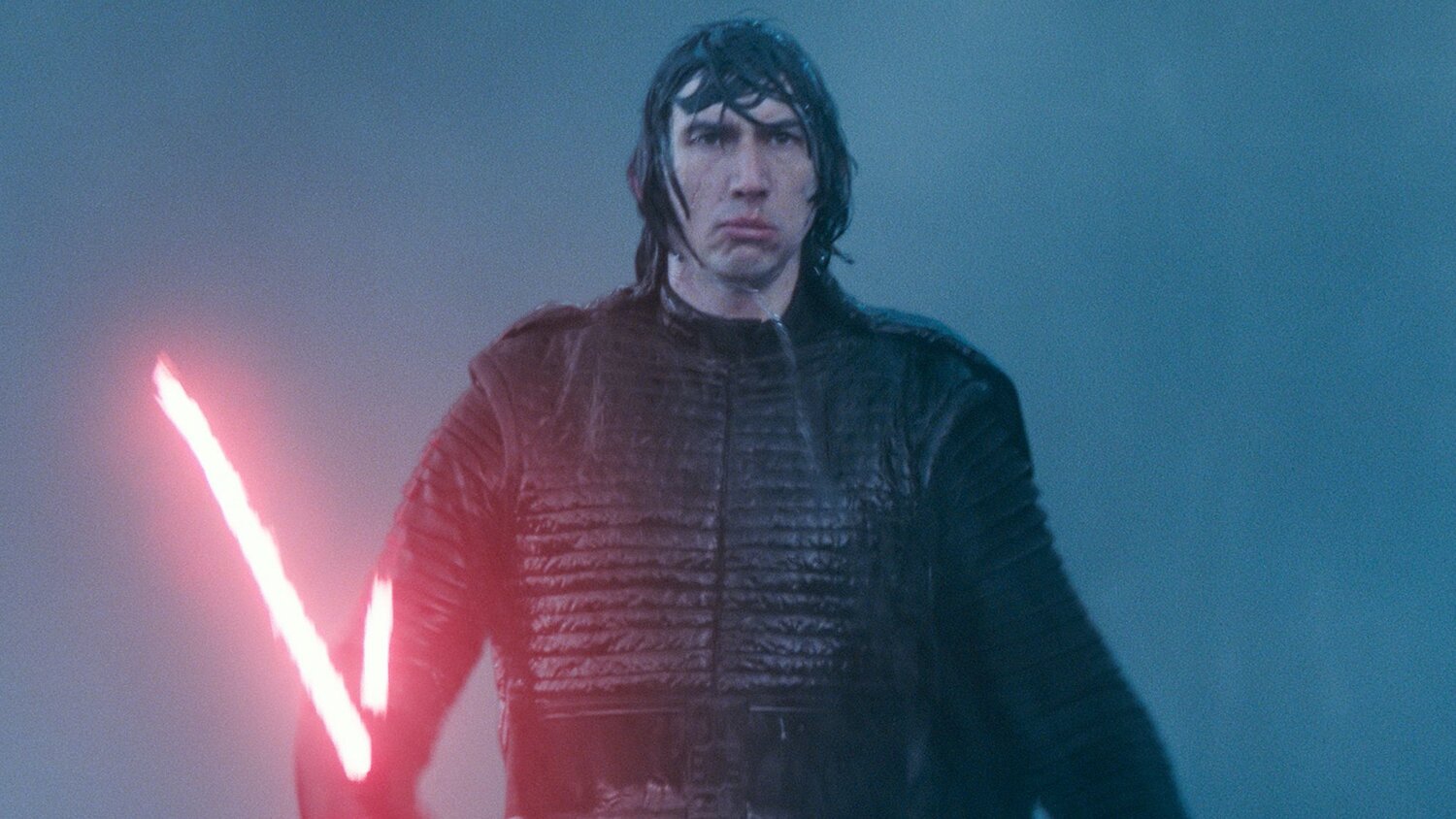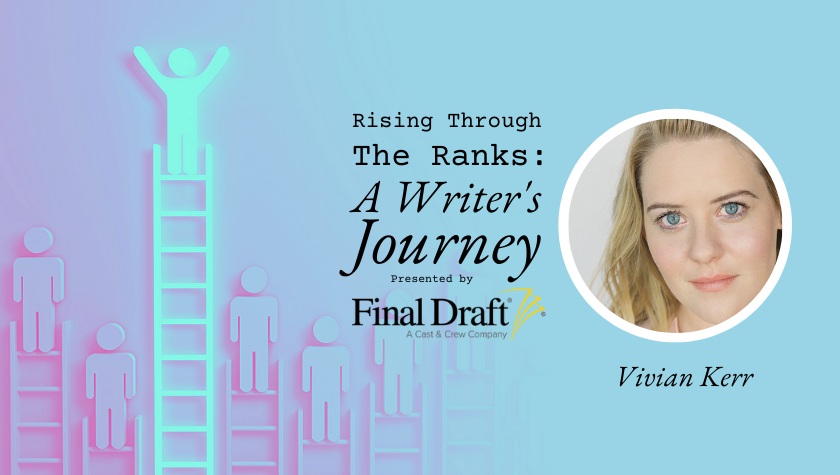History of TV: 'Ugly Betty'
June 23, 2022
An unforgettable lead character is undoubtedly one of the keys to creating a successful show. In the case of Betty Suarez, you’ve got that plus a supporting cast of family and coworkers that grab the audience's attention and refuse to let go with their larger-than-life personalities.
Silvio Horta adapted the series from a Colombian telenovela for ABC's American audiences. Its soap opera roots filter through to tint the show with a melodramatic tone that veers into fun and quirky fantasy sequences, while simultaneously dealing with issues of representation experienced by the LGBTQIA and Latinx characters portrayed on the show.
The world of Betty Suarez
200 pairs of glasses - That's the number America Ferrara tried on before landing on Betty's look. The show starts with Betty. The hair. Those glasses. The braces. But she has a personality that doesn’t quit.
“Strong. Determined. Optimistic. Just like your mother was,” says her father Ignacio (Tony Plana), summing up Betty beyond her looks. And therein lies the theme of the show: That beauty comes from the inside. Betty isn’t what you’d expect in the lead of a romantic comedy. A twenty-something Mexican American from Queens, New York with her own offbeat taste goes to work for the fictional fashion magazine Mode. This juxtaposition served up plenty of conflicts and a story engine that lasts.
In terms of character arcs, small changes can have a big impact. Wilhelmina (Vanessa Williams) discovered she could get what she wanted simply by playing nice, working hard, and giving back to the people who gave so much to her. Other characters simply got what they were missing, such as Hilda (Ana Ortiz) getting a life of her own and Amanda (Becki Newton), the father she never had.
The one character with the least amount of change is Betty herself. She is the sun and the rest revolve around her. Betty's appearance evolves over the course of the show and she learns to put together a smokin’ skirt suit a little better. At her core, she’s the same strong, determined, and optimistic girl we met in the pilot. The only difference now is that everyone around her sees her for that beauty, as well as the inner one they’ve come to love her for.
“You’re all about risk…You became a star… It helps kind of to see you be so brave. It sort of raises the bar for the rest of us” Her nephew Justin (Mark Indelicato) tells her on the stoop as they share mugs of chamomile tea, mirroring their pilot moment in the finale. And as the Ugly fades away and we’re left with Betty transposed over the final moments of the series, it all hits home.
Justin is another example of a great character. From the outset, we determine things about this character from the way he carries himself. While he discovers himself over the course of the series and all the teenage struggles that entail, from denying his sexuality to coming out and dating Austin — but he’s always true to himself.
“The word fades because it never really should have been there if we’re talking about who she is,” Horta once said; wrapping up character, theme, and production all in one neat bow.
Need some more inspiration for creating intriguing character arcs of your own? We’ve got you covered.
From pilot to finale, crafting the series arc
Structured around a fictional media empire — Remember when magazines were a thing and ruled the world with their September issues?! — Ugly Betty celebrates that culture; both the good and bad. The show follows Betty as she works her way up in this world from personal assistant to a magazine co-owner and all the antics of her co-workers to elevate their own positions in between.
Ugly Betty featured fake news shows in quick cutaways, a telenovela within the show, and fantasy sequences for a very stylized, quirky structure that reflects the wild, sometimes unbelievable nature of Meade Publications. So while the storylines adhere to their soap opera roots in Fernando Gaitán’s Colombian telenovela Yo soy Betty, la fea, the melodrama is grounded in thematic moments and character. Crucial elements for a successful series arc; your audience wants to know why it cares, and the characters better be worth their while.
Speaking of theme, no one summed up Ugly Betty better than her sister Hilda:
“You are who you are, and the sooner you’re okay with that, the sooner you see what I see, the happier you’re going to be.”
While Ugly Betty was canceled after four seasons, it did get a series finale that saw its main characters get to realize their dreams in a satisfying conclusion. From Wilhelmina finally becoming Creative Director of Mode to Marc (Michael Urie) getting the guy and the career recognition finally, everyone’s story got a bow on it.
Except, maybe, Betty and Daniel (Eric Mabius). While the original telenovela it was based on revolved largely around Betty pining for her boss, in Ugly Betty, their relationship is something entirely different. — From jumping to her rescue at a photoshoot designed to embarrass her to requesting her input on a magazine spread. In the very end, she’s the one with the career she worked hard for, while he’s — maybe for the first time ever — flying solo. Though he is drawn to the particular corner of the world Betty ended up in… Her Happily Ever After instead is a more all-encompassing realization of four years of work that paid off.
IN REVIEW
With a unique tone and stories that tackled unapologetic themes with grace and comedy, Ugly Betty is worthy of a watch for writers looking to learn how to weave those elements together with style.
Written by: Karin Maxey
After seeing her first big screen movie 007: License to Kill at age six, Karin naturally became obsessed with writing action-infused stories. The next time she’d see Benicio del Toro was in person, at the 68th Cannes Film Festival—he was there for the Sicario red carpet, she was there for her first produced short film in the basement of the Palais…same-same. In between, Karin earned a Creative Writing Degree and landed management at Echo Lake Entertainment. Her scripts have been a Big Break Top 3 finalist, HollyShorts Film Fest Official Selection, and a multi-Screencraft competitions semi-finalist. Karin is also a screenplay editor who delights in the process of polishing writers' work for submission. You can find her at www.writergirlkarin.com.- Topics:
- Discussing TV & Film




